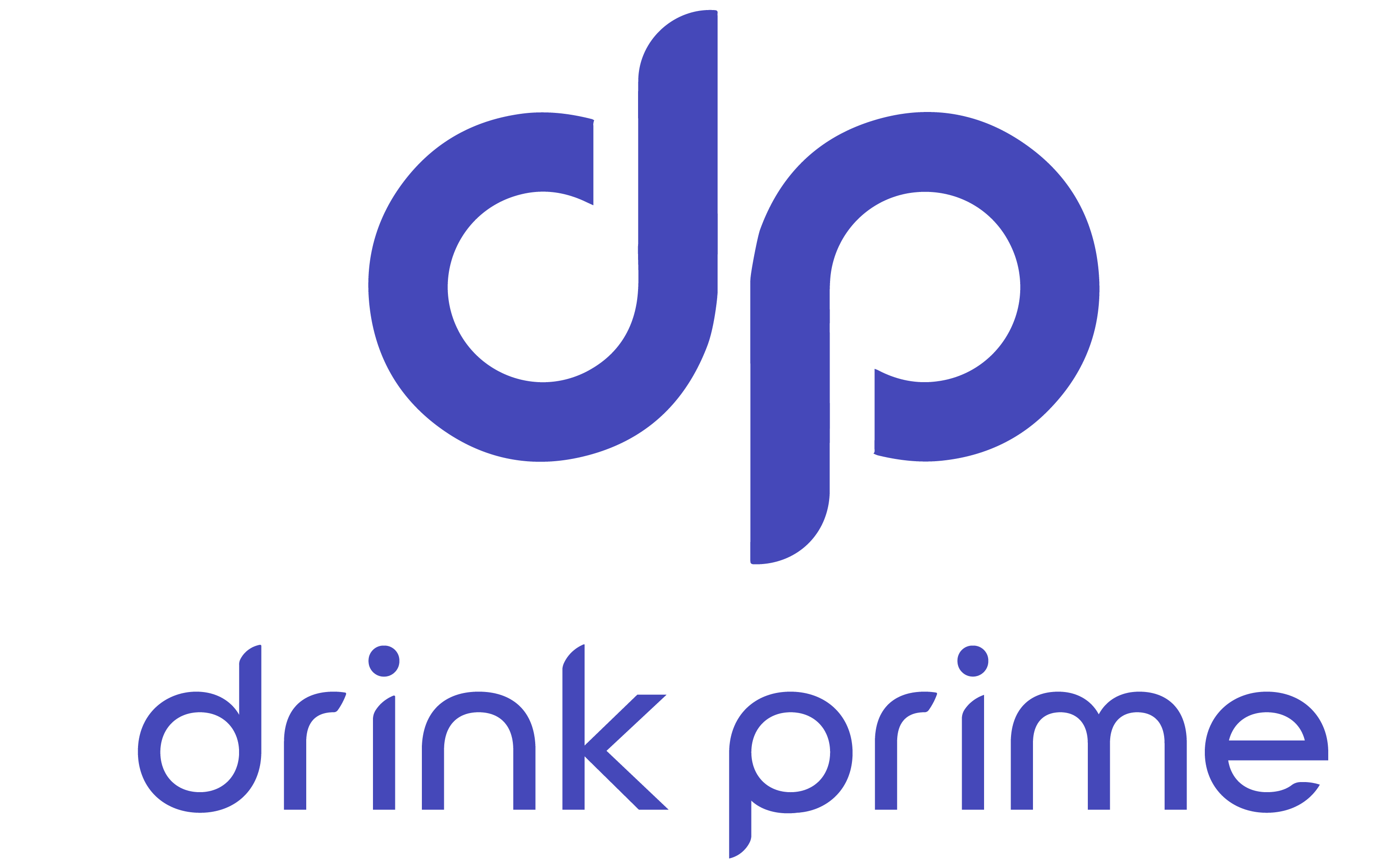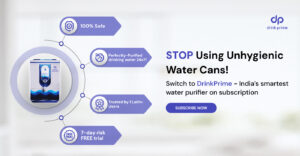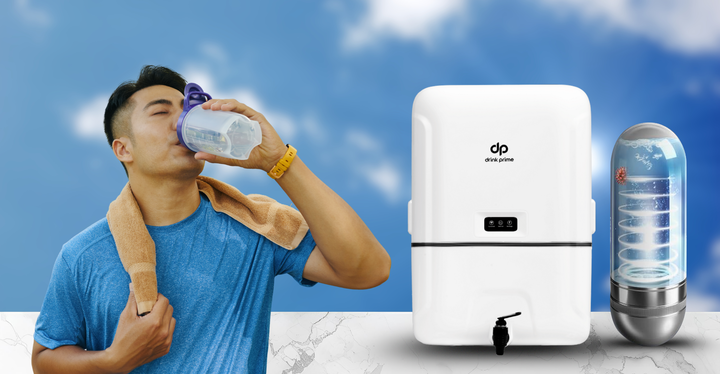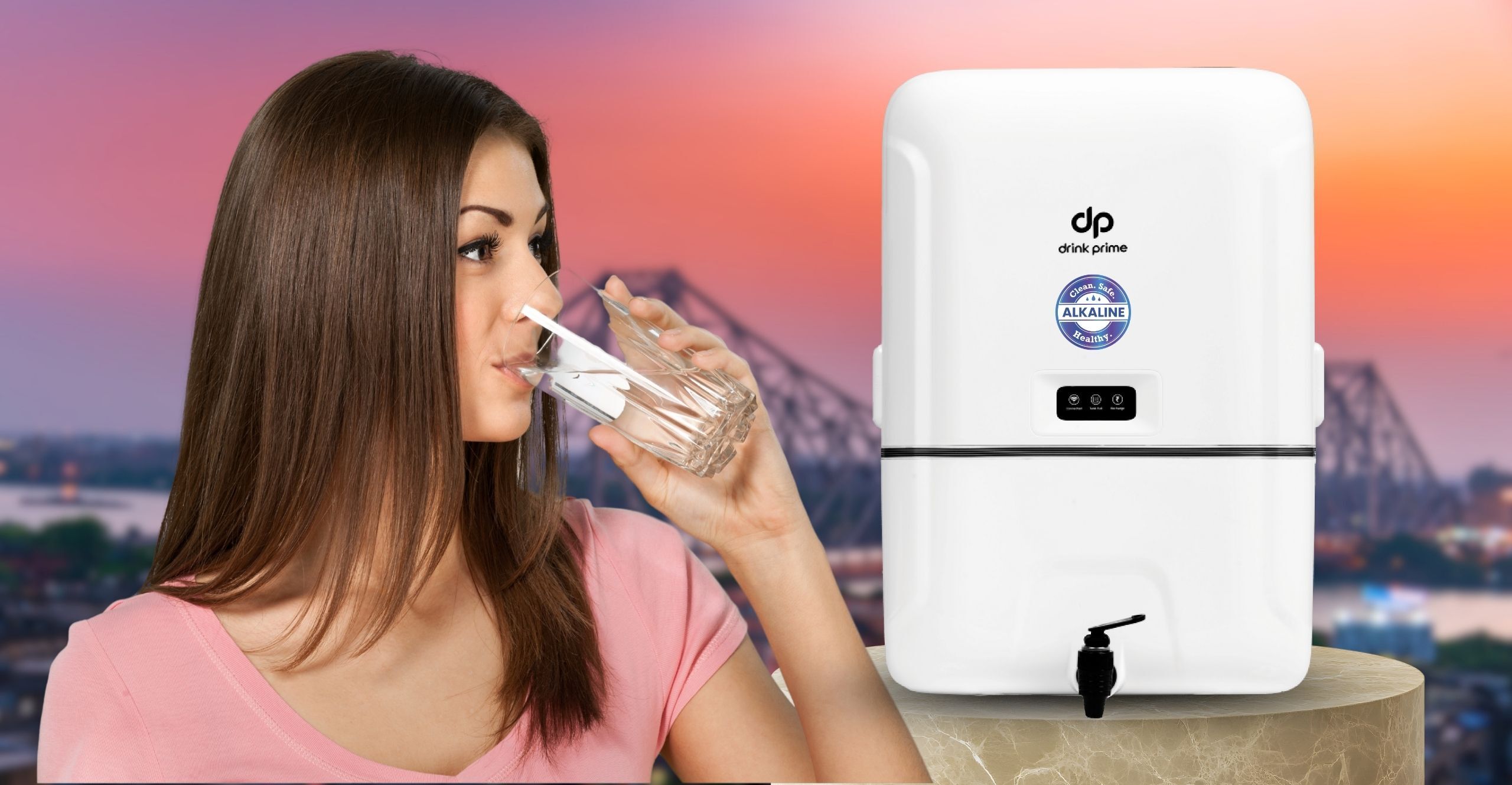The solution for ever growing clean water needs is to implement innovative, eco-friendly solutions that protect our most valuable resource while also maintaining the environment.
Let’s dig into the sustainable water purification solutions, examining the advancements and pioneering ideas that promise a greener, more resilient future.
Keep reading to find the most promising strategies that combine effectiveness and environmental conscience.
The most sustainable techniques of water purification
Here are some of the sustainable water purifying methods:
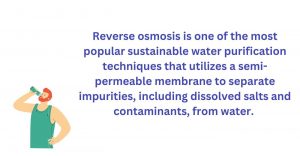
1. Reverse Osmosis (RO)
Reverse osmosis is a popular sustainable water purification process that uses a semi-permeable membrane to extract impurities, like dissolved salts and contaminants, from water. It eliminates microbes, pollutants and heavy metals from drinking water. This ensures that your drinking water is tasty and pure.
2. Sedimentation and Filtration
Sedimentation and filtration are important sustainable water purification processes to remove visible impurities and particles. Water will be settled before being run through many filters to remove bigger particles and pollutants.
3. Biosand Filters
Biosand filters combine sand, gravel, and beneficial microbes to remove pollutants from drinking water. These filters are an eco-friendly and cost-effective technique for low-resource settings.
4. Activated Carbon
Activated carbon is a flexible adsorbent to remove organic molecules, chlorine, and certain heavy metals. It collects and binds contaminants to its surface.
Related Reading:What is a Carbon Filter and What Role does it Play in Water Purification?
5. Ultraviolet Filtration
Ultraviolet (UV) filtration is a long-term water purification process that uses ultraviolet light to eliminate hazardous microbes, including bacteria and viruses, by destroying their DNA. This non-chemical technique is effective and eco-friendly. It supplements existing filtration processes by targeting biological contaminants, resulting in safe drinking water.
6. Membrane Filtration
Nanofiltration and ultrafiltration use specialised membranes with various pore sizes to remove pollutants. These modern processes can remove particles, pathogens, and specific dissolved chemicals, resulting in high-quality water. They may, however, require periodic maintenance and are prone to fouling.
7. Electrodialysis
Electrodialysis is the process of removing ions and dissolved salts from water using selective membranes. This technique is effective for desalinating and softening water.
Careful evaluation of the water quality needs, energy consumption, and environmental impact is required to guarantee efficient and sustainable water purification techniques that benefit communities and ecosystems.
Sustainable water purifying solutions
Access to clean and safe drinking water is a basic human right and a necessary component of a healthy community. However, with increasing population growth, urbanisation, industrialisation, and climate change, the quality of water sources has deteriorated. To address this challenge, sustainable water purification solutions have become a necessity.
1. Recycle and Reuse
Greywater recycling systems treat and purify wastewater from sources like sinks and showers, making it safe for toilet flushing and irrigation. By reducing freshwater consumption, these systems conserve precious water resources.
2. Rainwater Harvesting
Rainwater harvesting is an ancient practice that has gained renewed attention due to its sustainable nature. Collecting rainwater runoff from rooftops and other surfaces allows for storage and purification, providing a supplementary source of water. Rainwater harvesting reduces reliance on groundwater and municipal water supply and helps recharge local water bodies.
3. Green Infrastructure
Green infrastructure solutions, such as constructed wetlands and biofiltration systems, mimic natural processes to purify water. These sustainable methods use plants, soil, and microbial action to remove pollutants, making them cost-effective and environmentally friendly.
4. Solar-Powered Purification
Utilising solar energy to power water purification systems is an excellent example of sustainability. Solar-powered purifiers can be used in remote areas with limited access to electricity, reducing the reliance on non-renewable energy sources and lowering carbon footprints.
5. Community-Based Approaches
Community-based water purification solutions engage local communities in the process of water treatment and conservation. By fostering ownership and participation, these initiatives ensure the sustainability of the projects in the long run.
6. Education and Awareness
Responsible water usage through education and awareness campaigns is essential. Educating individuals about the importance of clean water, sustainable practices, and the impact of pollution can foster a culture of water consciousness and responsibility.
7. Integration of Smart Technologies
Leveraging smart technologies like Internet of Things (IoT) sensors and data analytics can optimise water purification processes. These technologies enable real-time monitoring, predictive maintenance, and data-driven decision-making, improving efficiency and reducing resource wastage.
Get 7 Days Risk Free Trial
Conclusion
Governments, businesses, and individuals must work collaboratively to implement these solutions, promoting a water-secure world that thrives on responsible water management and preservation.
FAQs
What is sustainable water purification?
Sustainable water purification refers to methods that minimise environmental impact while providing clean water. It involves using energy-efficient technologies, natural filtration systems like bio-sand filters, and renewable energy sources, ensuring long-term water availability without harming ecosystems.
What are the most sustainable water purification methods?
Sustainable water purification techniques include Reverse Osmosis (RO), activated carbon, ultraviolet filtration, membrane filtration, and more. These methods provide clean water while reducing environmental impact. At DrinkPrime, we ensure to purify water sustainably.
How does rainwater harvesting contribute to sustainable water purification?
Rainwater harvesting collects runoff water from roofs, storing it for purification and reuse. This practice helps reduce reliance on conventional water sources, conserves water, and promotes a more sustainable water management system. At DrinkPrime, we are committed to providing sustainable water purification solutions.
How can smart technologies improve sustainable water purification processes?
The integration of IoT sensors and data analytics in sustainable water purification systems enables real-time monitoring, predictive maintenance, and data-driven decision-making, optimising efficiency and reducing waste. At DrinkPrime, we are dedicated to delivering eco-friendly water purification solutions.
